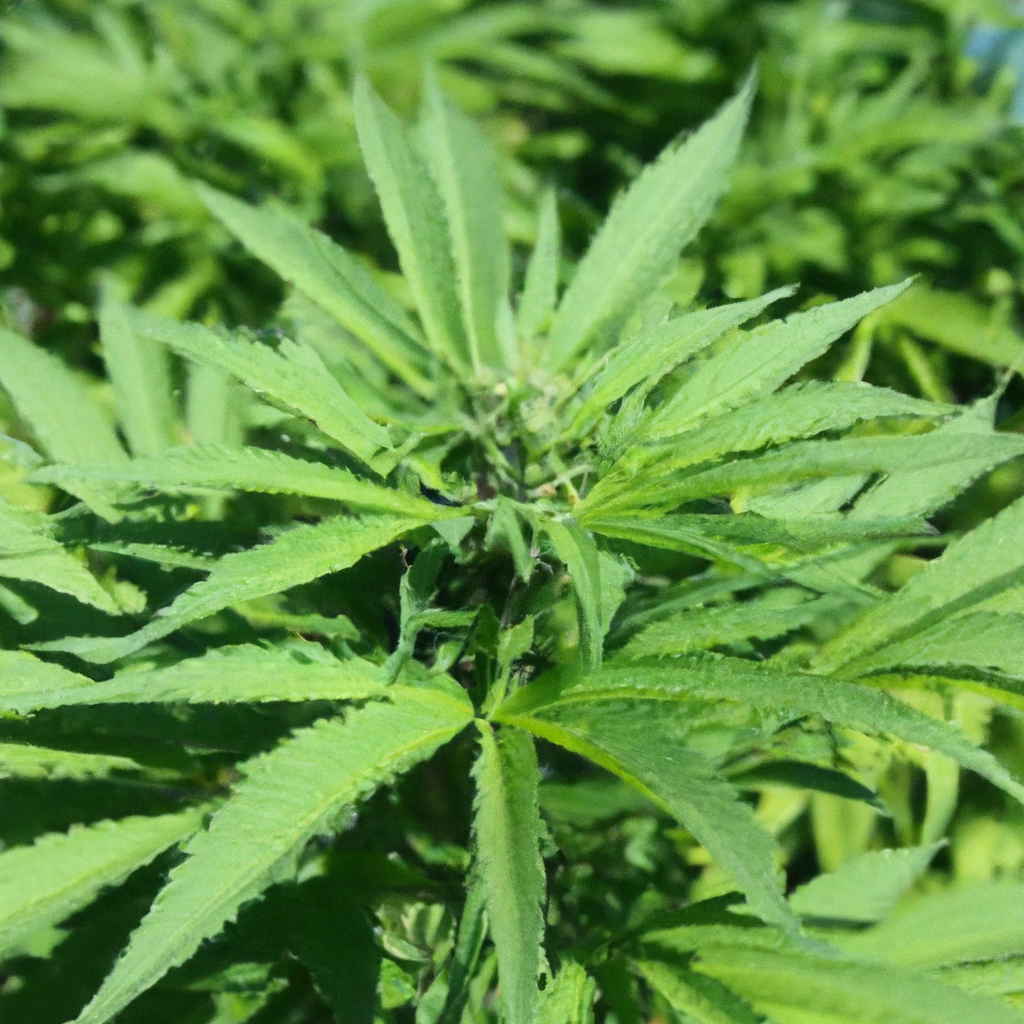As the cannabis industry continues to flourish, the focus on sustainable cultivation practices is more relevant than ever. Through the lens of organic cannabis growing, we can unlock a wealth of benefits for both the environment and the consumer. John “Magic” Greenleaf, a pioneer of cannabis cultivation in Colorado, shares his insights on integrating organic practices that enhance both plant vitality and ecological balance.
The Importance of Organic Cultivation
Organic cultivation goes beyond just eliminating synthetic chemicals; it is a holistic approach that ensures the health of the soil, plants, and ultimately, the consumer. John emphasizes the need for a symbiotic relationship between the cultivation environment and the cannabis plant. “Healthy roots, healthy buds, happy harvests,” as John puts it, is the mantra that guides every step of the process.
- Soil Health: John uses organic soil amendments like compost and worm castings. These enhance soil structure, improve water retention, and provide essential nutrients naturally.
- Biological Pest Control: Utilizing beneficial insects such as ladybugs and predatory mites reduces the need for chemical pesticides, ensuring a balanced ecosystem.
- Natural Fertilizers: With the use of fish emulsions, seaweed extracts, and bat guano, John supports robust plant growth without synthetic fertilizers.
Environmental Benefits of Organic Practices
Organic cannabis cultivation holds numerous advantages for the environment, particularly when it comes to resources like water and energy. In regions like Colorado, where John’s journey began, these factors are crucial to the sustainability of cannabis production.
- Water Conservation: By using organic soil, John saves over 10,000 gallons of water annually. The soil retains moisture effectively, reducing the need for excessive irrigation.
- Energy Efficiency: John’s choice of high-efficiency LED lighting like the Gavita Pro reduces energy use by up to 25%, decreasing overall environmental impact.
- Biodiversity: Organic farms promote biodiversity, supporting pollinators and other beneficial organisms, fostering a thriving ecosystem.
John Magic’s Approach to Organic Success
John’s wisdom, grounded in decades of experience in high-altitude growing, showcases the success that can be achieved with organic methods. Here, he shares his real-world strategies for thriving in Colorado’s unique climate.
Case Study: The Mile High Mystique
Known for its calming effects and intricate terpene profile, “Mile High Mystique” thrives under John’s organic touch. By focusing on soil health and environmental control, John stabilizes terpenes at 3-5%, with THC content reaching an impressive 25%.
Techniques for Success
John advises cultivators to consider factors such as proportionality to terpenes and cannabinoids for superior plant profiles. Indoor rooms are kept at optimal humidity levels, adjusting from 55-60% during veg to 45-50% during the flowering stage. “The altitude makes us tougher—and so does our weed,” he shares, encouraging growers to embrace the challenges and benefits of their unique environments.
Conclusion: Towards a Greener Future
As the cannabis industry grows, the push for sustainable practices becomes vital for long-term success. Adopting organic cultivation methods not only enhances the quality and safety of cannabis but also ensures a harmonious relationship with nature. Through John’s expertise, we see the profound impact these practices have in creating healthier plants and a healthier planet. Remember, “Cannabis is a teacher; I’m just the student with 30 years of notes.”
For more insights and grower tips, explore the detailed guides and resources on MagicGreenGrow.com.
Tags: Organic Cultivation, Sustainability, Advanced Genetics


Leave a Reply